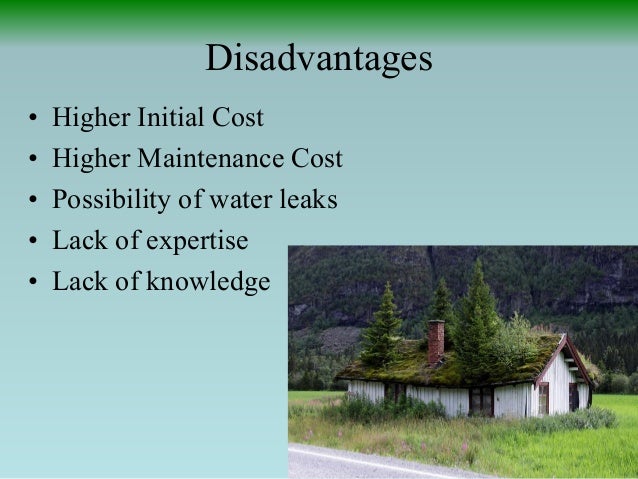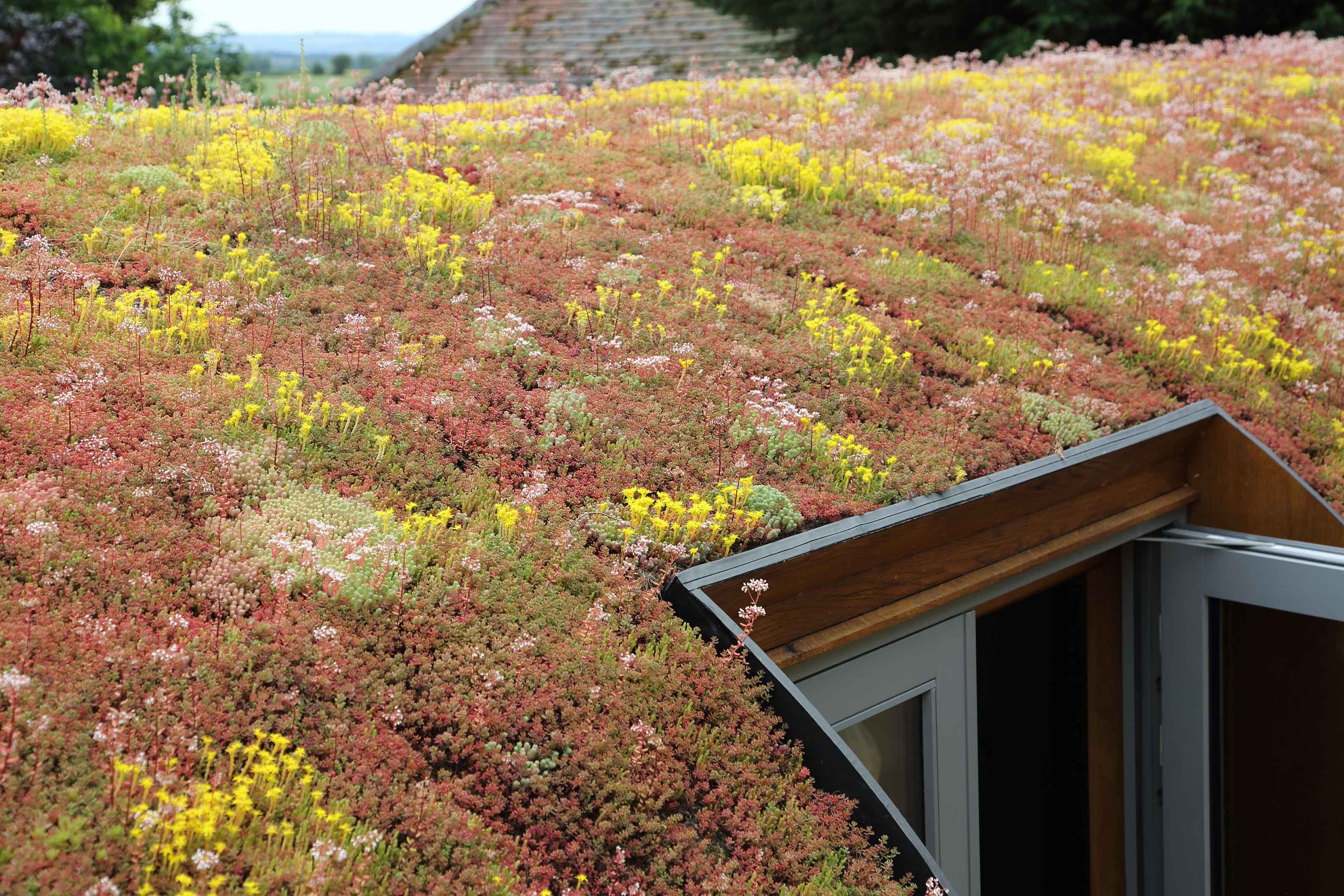

It is extremely important that you install the proper support for your roof garden. In fact, a roof garden can weigh from under two hundred pounds per square to upwards of one thousand pounds per square. Weight: Roof gardens put a significant amount of weight on your roof system.

There are mesh coverings made specifically for preventing soil loss, however.
Wind: In some instances, the growing media on the roof can get blown away during strong windstorms. Although, there may be times when you will need to add or replace growing media or add plants to the garden. If you create an environment of low-water plants, the maintenance requirements will be minimal. Maintenance: The amount of maintenance for a rooftop garden depends on the design and type of plants you add to the structure. Produce: Roof gardens provide a place for residents to grow vegetables and herbs in areas where there may not be an area sufficient for gardening.Īlthough rooftop gardens have their advantages, here are some of the disadvantages. Improves Emotional Health: A green roof provides residents with an aesthetically pleasing environment which can improve mood and emotional health. Wildlife: Green roofs provide a habitat for wildlife like insects, birds, and other animals. The plants help the water to evaporate, which cools the outside of the structure and reduces the temperature in the surrounding area. Regulates Temperature: Rooftop gardens eliminate the need for reflective materials like marble, glass, and stone. Eco-Friendly: Plants provide an increase of oxygen for our environment. Insulation: The insulation provided by the layers of your rooftop garden will help to reduce energy costs by keeping the structure warm in the cold months and cool in the summer months. Noise Reduction: While growing medium on a garden roof will prevent low-frequency sounds, like severe weather, the garden plants can help to limit the noise from high-frequency sounds. In some instances, they are designed to create a green living area or a place to grow produce. They provide shelter, shade, and play space. Rooftop gardens are becoming more popular in commercial buildings, industrial buildings, and residential structures. The Semi-intensive green roof is accessible to people and ideal for providing play areas in daycares, urban picnic areas, and a garden design for long-term care facilities.ĭue to the congestion and lack of green space in urban areas, more architects and homeowners are developing rooftop gardens to provide a place for growing plants and add beauty to commercial and residential structures. They require moderate maintenance and occasional watering. The growing medium is about six to twelve inches and can support grasses, ground cover, small plants, herbs, and shrubs. 
This type of rooftop garden is non-accessible, however.Ī semi-intensive green roof consists of a mix of vegetation and design somewhere between intensive and extensive green roofs. Extensive rooftop gardens are usually cost-efficient and easy to install. This type of garden is ideal for managing stormwater on residential homes with low-sloped or flat roofs. An extensive green roof is a low-maintenance garden that has a lightweight, thin growing medium of about three to six inches. ExtensiveĪn extensive green roof consists of vegetation that is limited to mosses, herbs, sedums, flowers, small plants, succulents, and desert grasses. The type of garden on a residential or commercial structure will depend on the purpose of the garden and what features will be included in the space. There are three main types of rooftop gardens. Image Credit: Frank Nürnberger, Pixabay What Are the Different Types of Rooftop Gardens? There are three types of rooftop gardens and each of them have specific features and purpose. In urban areas where there may not be sufficient land available for planting, residents can use rooftop gardens to plant herbs and vegetables. They can be designed for the sole purpose of managing stormwater, creating an area to play or relax, or providing an area for growing flowers. A rooftop garden is a manufactured garden space that consists of plants like trees and shrubs.







 0 kommentar(er)
0 kommentar(er)
